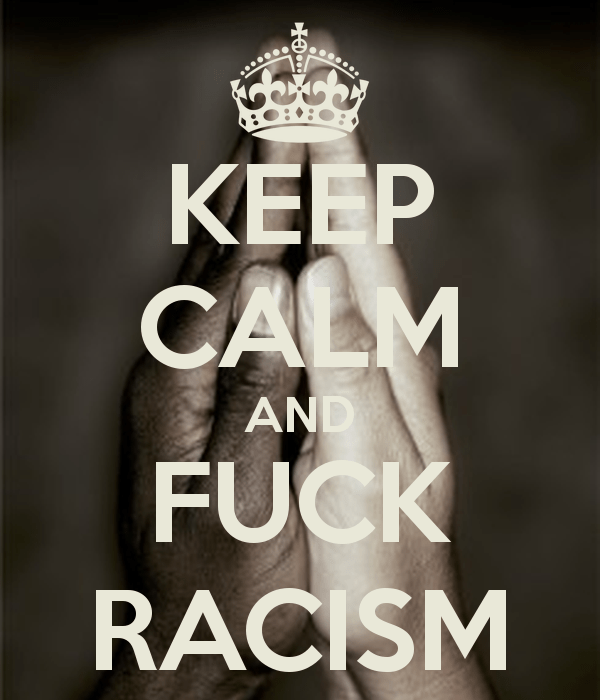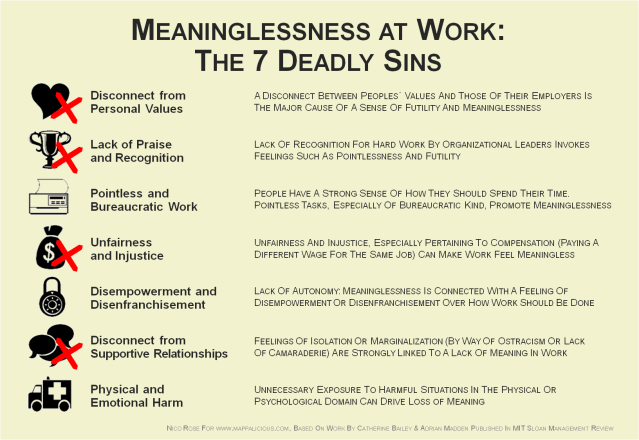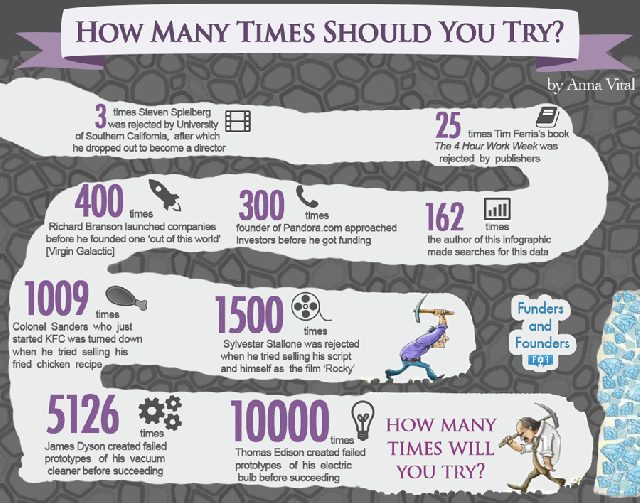The word compassion sounds “soft”. It invokes images of praying Buddhist monks, nurses taking care of the feeble, or a priest administering the last rites to a dying person. What surely doesn´t come to mind is the picture of a corporate boardroom, right? But why?
When we walk into to the office in the morning and someone asks us “How are you?” we´re supposed to say something along the lines of: “Fine! How about you?” It´s part of the language game in the corporate world. We know this. At the same time, we all know that quite often, people are presenting a white lie at this point. We know this very well precisely because we do the same every once in a while. We say “I´m fine” even when things clearly aren´t fine at all.
Life can be a bitch. Our loved ones become sick or pass away. We fight with our spouses, our children, our parents, our neighbors. There are bills to pay and sometimes the end of the month is still too far away. Hell, the Warriors lose to the Cavs after a 3:1 lead in the NBA finals. It´s tough.
This emotional load – we bring it into the office, no matter if we admit it or if we decide to cover up. Most people indeed choose to cover up – as somehow, someone decided a hundred years ago that businesses ought to be rational places, spaces where emotions don´t belong or even disrupt normal functioning (whatever that is…).
The problem is: It´s just not possible. People cannot shut down their emotions at discretion. At least not for longer periods of time – and certainly not without paying a price.
There is always pain in the room.
This sentence was coined by the late management professor Peter Frost, one of the pioneers studying and advocating compassion in business settings. It´s a quite powerful proposition, even though (Or maybe: because?) it states something very obvious. Shit happens to the best of us. We suffer – and sometimes, it takes us a long time to cope. We feel pain and sorrow and those feelings don’t bother to ask us if we are currently at work or at home.
So, how should managers and co-workers react? The common rules of business tell us to ignore or downplay the issue but in most cases, that´s not what really helps.
Not showing our suffering or downplaying the suffering of our colleagues is a perfect example of what Finnish philosopher Esa Saarinen calls a system of holding back in return and advance. We don’t openly display our suffering because we expect from prior interactions that it will not be acted upon appropriately. Meanwhile, the others see no need to act compassionately as everything seems to be OK. Ad infinitum. And the longer this “non-reciprocity circle” is in place, the harder it becomes for an individual to make a first move in order to interrupt the chain of neglect.
Another way would be to act compassionately: To notice the negative feelings of our co-workers, to feel empathetic concern, and to act accordingly. Compassion does not equal to fully experiencing the same feelings as the person we´re compassionate to.
Put in a straight-forward way…
…being compassionate means to be willing to imagine how it would feel like to walk some miles in another person´s shoes – and then, upon recognizing this would probably be hurtful, trying to appropriately mitigate that pain or suffering.
That´s it. It´s not a mystic thing – and we don´t have to mediate in a cave for 20 years before we´re able to pull off that stunt.
We know how to be compassionate even before we can ride a bike. Small children act compassionately by nature. When they see another child crying, they instinctively show signs of distress – and then they try to help with their restricted means, e.g., by caressing their counterpart or sharing a toy.
But somehow, this get´s lost as we get our high school diplomas, university degrees – and then move on to become business people. Which is a pity, because businesses create a lot of pain themselves – it´s not all from our private lives. People suffer because they don’t get that promotion, because their buddies get laid off, or just because co-workers, or even worse, bosses behave in outright toxic ways. Again, we all know this to some degree.
Here´s the point: Science shows over and over again that by carelessly ignoring these emotional dynamics, businesses are hurting the bottom line. If you want to know how, I´d like to point you towards this superb review article written by science rock star Jane Dutton of University of Michigan´s Center for Positive Organizations and some colleagues (that´s also where I “stole” the graphic from):
Dutton, J. E., Workman, K. M., & Hardin, A. E. (2014). Compassion at Work. Annual Reviews of Organizational Psychology and Organizational Behavior, 1(1), 277-304.

 This one´s hot of the press, written by
This one´s hot of the press, written by 






 The final graphic is not my creation – the picture is taken directly from the article listed in the respective headline.
The final graphic is not my creation – the picture is taken directly from the article listed in the respective headline.

 Most of us know these days: You´re rushing from one meeting to another, squeezing in those important calls with the tax consultant and your child´s class teacher – while desperately trying to finish that presentation for your boss which is due at 06:00 pm. This is what days at the office look like for a lot of who earn their money as so-called knowledge workers.
Most of us know these days: You´re rushing from one meeting to another, squeezing in those important calls with the tax consultant and your child´s class teacher – while desperately trying to finish that presentation for your boss which is due at 06:00 pm. This is what days at the office look like for a lot of who earn their money as so-called knowledge workers.